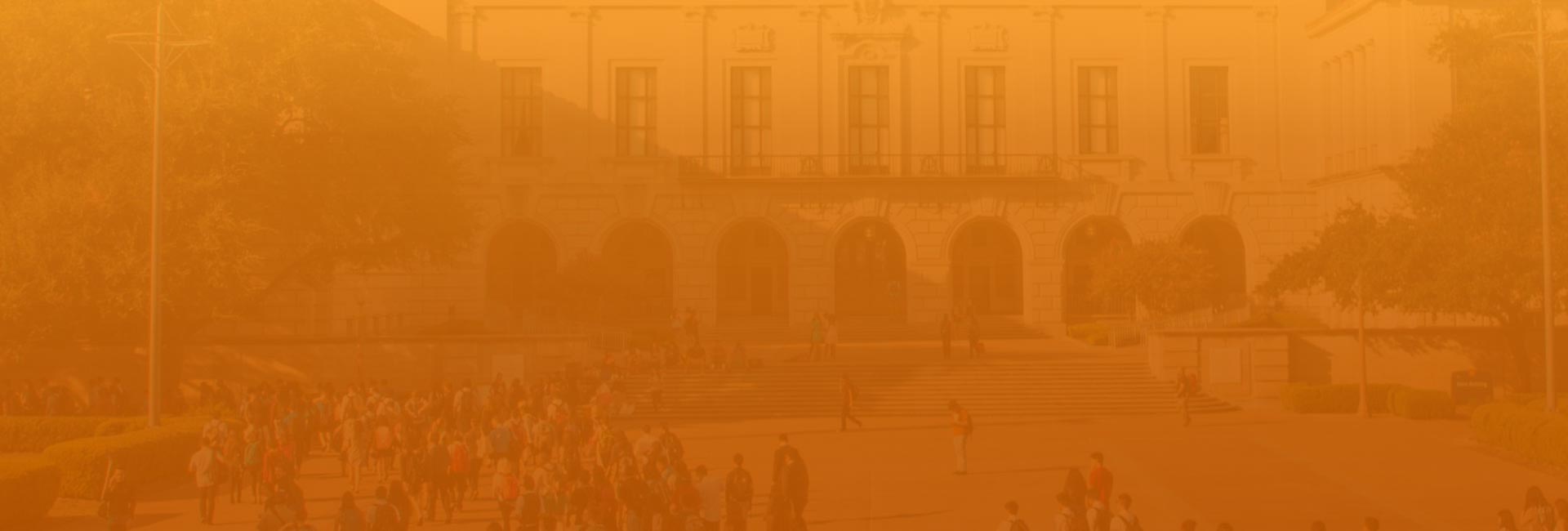“For some years I have been afflicted with the belief that flight is possible to man.”
—Wilbur Wright
The Wright brothers were never meant to succeed.
All eyes were on Secretary of the Smithsonian Samuel Langley and his flying machine, a craft resembling a dragonfly dubbed the aerodrome. On October 7, 1903, reporters flocked to the Potomac River to watch what was sure to be the first flight of a powered airplane in history.
The aerodrome was launched by catapult off a houseboat … and dove straight into the Potomac.
On December 17, 1903, the Wright brothers became the first to fly a heavier-than-air powered aircraft under its own power and controlled by a pilot. Today, we take a close look at the engineering that led to the Wright brothers’ first flight at Kitty Hawk.
Who Were the Wright Brothers?
Wilbur and Orville Wright were children when their father gave them a flying toy powered by a rubber band. The Wrights were so fascinated that they made larger copies, but to no avail. The larger versions could not fly. But Wilbur and Orville never forgot that toy helicopter.
Wilbur and Orville were not engineers. In fact, neither brother had a college degree. But what they lacked in formal training they made up for in stubbornness and persistence. And a fledgling bicycle business.
The Invention of the Airplane
The Wrights began work on a flying machine in May 1899. To achieve flight, they would need three things:
- Wings to provide lift.
- An engine to provide propulsion.
- A pilot to control the craft.
The Wrights’ contemporaries believed the key to achieving flight was a light but powerful engine. Wilbur wasn’t convinced. Having read books on bird anatomy and animal locomotion, he put his money on wings.
Wrights’ contemporaries also prioritized stability, focusing on crafts that would fly in a straight line like a cruising airliner. Again, the Wrights would go in a different direction. The Wrights made a living manufacturing bicycles. A bicycle, they knew, is not stable, but with practice, a rider can learn control and balance.
Applying this logic to their flying machine, the Wrights focused on giving pilots control of a craft’s three axes: left and right, forward and backward, and up and down. A pilot would need to bank an aircraft like a rider leaning on a bicycle. So, the Wrights designed a biplane with wings that could warp in opposite directions, which would allow the craft to bank and turn.
Location, Location, Location
The Wrights’ contemporaries all focused on launching from the crest of a hill or by catapult, resulting in the deaths of some early test pilots. Going against the grain, the Wrights set out to find a location with enough prevailing winds to keep the craft aloft but not so high as to risk a catastrophic crash — like Icarus flying too close to the sun.
The Wrights selected Kitty Hawk on the Outer Banks of North Carolina, a long stretch of beach where prevailing winds averaged between fifteen and twenty miles per hour.
Preliminary Tests
In August 1900, the Wrights began construction of a glider and were flying by October, first as a kite and then with Wilbur as a pilot, laying on its lower wing to operate its controls — a move that proved more aerodynamic than having the pilot sit up. Unfortunately, the glider didn’t perform. They abandoned the glider on the beach (two girls took the wings’ sateen fabric for dress material) and returned to the drawing board.
The Wrights returned to Kitty Hawk in May 1901 and again in August 1902. Again, failure. After a sleepless night, Orville hit upon the solution. The Wrights converted the fixed tails into a steerable rudder. Success! The revamped glider flew for over 500 feet. The Wrights had established complete control over their craft. Now they needed propulsion.
Designing a Propeller and Engine
An airplane’s propeller should be a flat blade, believed the Wrights’ contemporaries. The brothers had a different idea. A propeller, they posited, should be like a wing traveling in a spiral course, generating not lift but thrust.
Next, the Wrights needed an engine. Their contemporaries favored light, powerful engines. The Wrights instead worked backwards, calculating that they would need a 180-pound engine that could generate about nine horsepower. No manufacturer could meet their specifications, so with the help of machinist Charlie Taylor, they designed their own in their bicycle workshop.
The Wright Brothers’ First Flight
The Wrights returned one last time to Kitty Hawk in September 1903. Around the time Langley’s aerodrome was making a splash, Wilbur and Orville were practicing with their glider. They encountered one problem after another. An engine trial damaged the propellers’ shafts, which developed a hairline fracture once repaired. On its first attempt, the glider stalled, damaging the skids and struts.
The Wrights never wavered, and on December 17, 1903, Orville took flight, piloting the craft a distance of 120 feet. By constructing the first manned aircraft in history to fly, Orville and Wilbur Wright would go down in history as the unlikely bicycle shop owners that unlocked the secret of flight.
Take Flight
Flight, the Wrights came to realize, was not a single problem but a multitude of puzzles requiring luck, skill and perseverance to solve. “Isn’t it astonishing that all these secrets have been preserved for so many years just so that we could discover them,” Orville wrote.
Learn More About Mechanical Engineering
If you’re interested in engineering, consider The University of Texas at Austin’s 100% online mechanical engineering programs. The Wright brothers have already solved the problems of flight, but that doesn’t mean you can’t build on their innovations.
Sources:
https://www.npr.org/2003/10/19/1469463/the-race-for-flight
https://citeseerx.ist.psu.edu/document?repid=rep1&type=pdf&doi=b79504adb00aa09da01ddb0c9ee635ac95318066
https://blogs.scientificamerican.com/observations/why-did-the-wright-brothers-succeed-when-others-failed/


